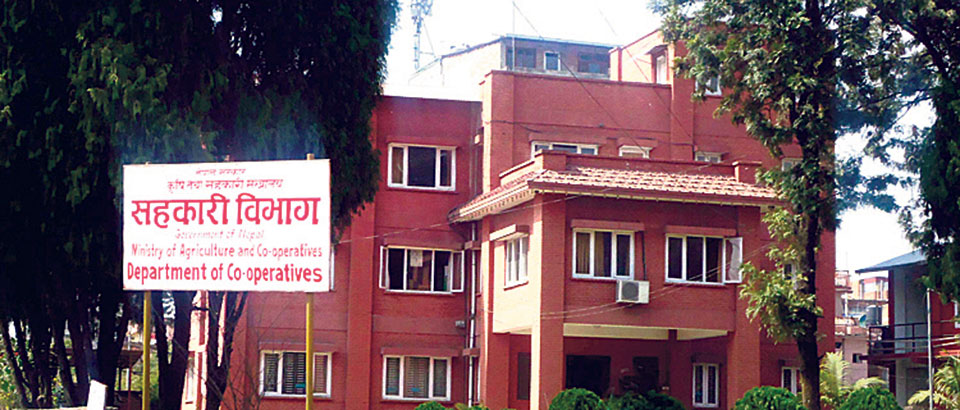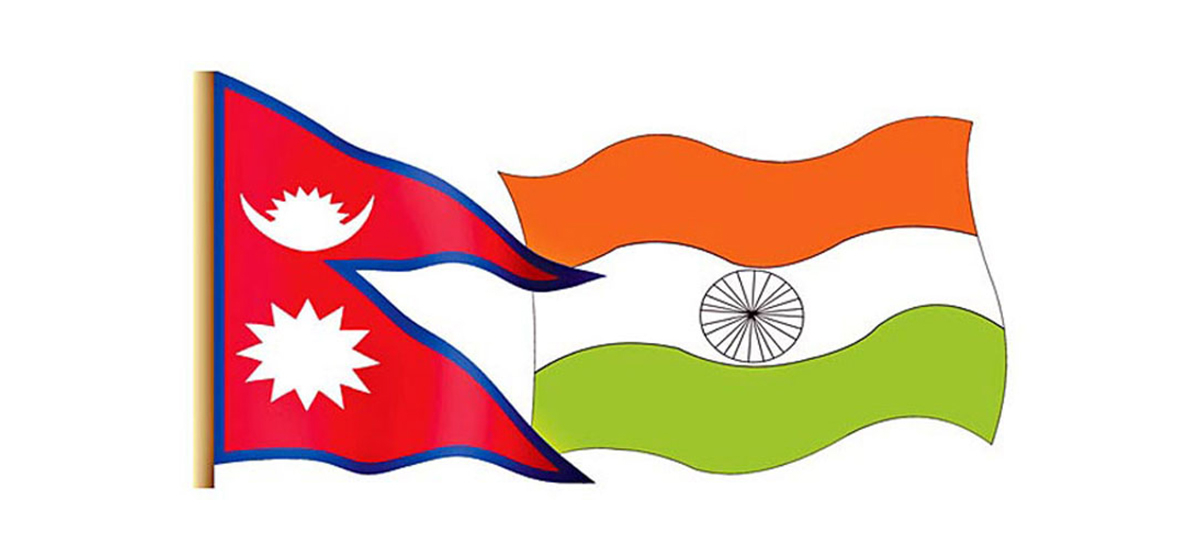
OR
Cooperatives pressed under too many laws, but with little scope for effective implementation
Published On: August 11, 2020 08:55 AM NPT By: RAJESH KHANAL

KATHMANDU, Aug 11: The government has come up with yet another directive for the monitoring and regulation of savings and credit cooperatives at a time when the oversight agencies have been struggling to enforce the provisions made in similar other laws for the sector.
Last Friday, the Ministry of Land Management, Cooperatives and Poverty Alleviation enforced a new directive aiming to check malpractices in the sector. The directive has mandated the savings and credit cooperatives to submit their financial transaction reports to the integrated management information systems within 15 days from the date of the fiscal year end. Similarly, the cooperatives need to file their monthly report within seven days of every next month.
There are already a number of laws in place to keep track of the largely unregulated financial cooperatives. But the government bodies hardly have any success in implementing them effectively so far. The Department of Cooperatives (DoC) in 2018 enforced the Cooperative Audit Directives, with an aim to make cooperatives practice a long-form audit report system. But very few cooperatives have been implementing the new audit system.
Similarly, the DoC last year made the use of Copomis, an online reporting system, mandatory for the financial cooperatives. But the DoC seemingly has been almost apathetic to its enforcement as a large number of cooperatives are still functioning without the software. Likewise, the department last year also asked the savings and credit cooperatives to maintain the interest rate cap on loans at 16 percent and maximum spread rate of six percent. But only a handful of cooperatives have been practicing these measures.
DoC Registrar Tok Raj Pandey said they will take stern action against those found violating the provisions in the new directive. The department has expressed similar commitments repeatedly in the past too. However, very few defiant cooperatives as of now have faced government action.
The new directive has considered 15 indicators of the PEARLS monitoring system to assess the level of risks in the financial cooperatives. The cooperatives meeting only up to five of the PEARLS indicators fall in the ‘high level of risks’ category while the ones maintaining 6-10 of the indicators are put under the ‘medium level of risks’ category.
Likewise, the cooperatives need to maintain at least 10 percent of deposits as liquidity and are allowed to provide loans only out of the remaining amount. They have to maintain 35 percent of the credited amount under loan loss provision - in case the loan repayment date crosses the due date by a year. If it goes beyond one year of the loan due date, the loan loss provision becomes 100 percent of the credited amount.
The directive has also prescribed guidelines for the regulatory bodies, asking them to formulate a work plan for field-based inspection of the cooperatives by July end of every year. The government bodies are also asked to carry out rigorous inspection, at least once a year, of all the cooperatives that have a deposit liability of more than Rs 1 billion. While carrying out the field-based inspections, all oversight agencies including the local government, provincial government and the DoC will have to carry out the task in association with Nepal Rastra Bank.
You May Like This

Aug 21: 6 things to know by 6 PM
Your daily dose of missed important news of the day. ... Read More...

What Nepal needs is India's friendship and support for growth: Nepal PM Oli
In an exclusive interview to The Hindu, Mr. Oli says the bitterness of past relations have been put behind them,... Read More...

Helping women re-envision a better Nepal: Women LEAD Nepal
KATHMANDU,March 7: Women LEAD Nepal started as an idea that women and girls could change the trajectory of Nepal’s future and... Read More...




Just In
- WB to take financial management lead for proposed Upper Arun Project
- Power supply to be affected in parts of Kathmandu Valley today as NEA expedites repair works
- Godepani welcomes over 31,000 foreign tourists in a year
- Private sector leads hydropower generation over government
- Weather expected to be mainly fair in most parts of the country today
- 120 snow leopards found in Dolpa, survey result reveals
- India funds a school building construction in Darchula
- Exploring opportunities and Challenges of Increasing Online Transactions in Nepal







_20220508065243.jpg)







Leave A Comment